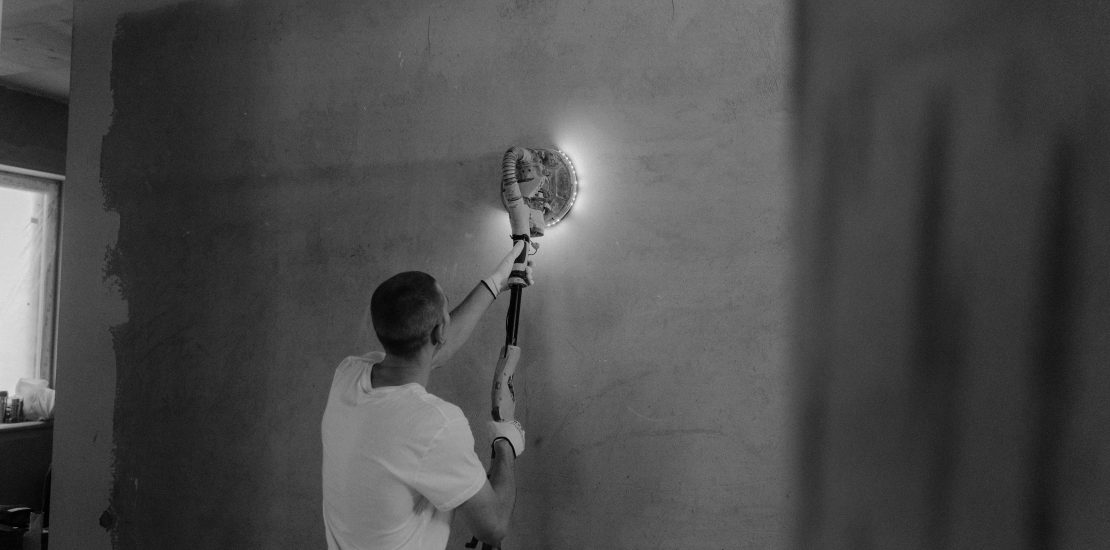The Power of Preparation: Why Prep Work Is Key to a Quality Paint Job
- June 13, 2025
- Posted by: Delbert Kim
- Category: Uncategorized

When it comes to painting—whether it’s a single room, the exterior of a home, or an entire commercial space—most people focus on the final result: color, finish, and visual impact. But behind every beautiful, long-lasting paint job is one critical, often overlooked step: preparation.
At first glance, prep work might seem tedious or unnecessary, especially when you’re eager to see walls transformed with a fresh coat of paint. However, the truth is that proper surface preparation is what makes the difference between a flawless finish and a patchy, peeling disappointment.
Why Is Prep Work So Important?
1. Ensures Paint Adheres Properly
Paint sticks best to clean, dry, and smooth surfaces. Dust, dirt, grease, or loose paint can prevent adhesion, leading to bubbling, cracking, or peeling down the road. Power washing exteriors or cleaning interior walls removes contaminants and gives the paint a solid surface to grip.
2. Reveals Hidden Issues
Thorough prep work often uncovers underlying problems such as water damage, mold, wood rot, or structural cracks. Catching and addressing these issues before painting not only protects your investment but also keeps your home or building in better overall condition.
3. Creates a Smooth, Even Finish
Nothing ruins a paint job faster than painting over imperfections. Sanding rough patches, filling nail holes, repairing dents, and caulking gaps between trim and walls all contribute to a uniform look that enhances the quality and professionalism of the final result.
4. Extends the Life of the Paint Job
A well-prepped surface holds paint better and longer. This means fewer touch-ups, reduced maintenance, and extended protection against the elements. Especially for exterior jobs, prep work like priming, sealing, and surface repairs directly impacts the paint’s ability to withstand weather and time.
5. Saves Time and Money in the Long Run
Skipping prep might feel like a time-saver, but it often leads to costly corrections. Paint failure due to poor prep can mean scraping, repainting, and in extreme cases, damage repair. Investing a bit more time upfront prevents bigger headaches later.
What Does Proper Prep Look Like?
Depending on the job, preparation may include:
- Power washing surfaces
- Removing peeling or flaking paint
- Scraping and sanding
- Patching holes and cracks
- Caulking seams and joints
- Priming bare or repaired areas
- Taping edges and protecting surrounding areas with drop cloths and plastic sheeting
The Bottom Line
Great painting isn’t just about the color—it’s about the foundation beneath it. Whether you’re doing a DIY project or hiring professionals, don’t underestimate the value of preparation. A well-prepared surface leads to better results, longer-lasting finishes, and a smoother overall experience.
In painting, as in life, success is often in the prep.
Painting industry professionals widely agree that poor prep (like skipping cleaning, sanding, or priming) leads to early failures, including peeling, bubbling, or uneven wear—often within 1–2 years, especially in high-traffic or high-moisture areas.

